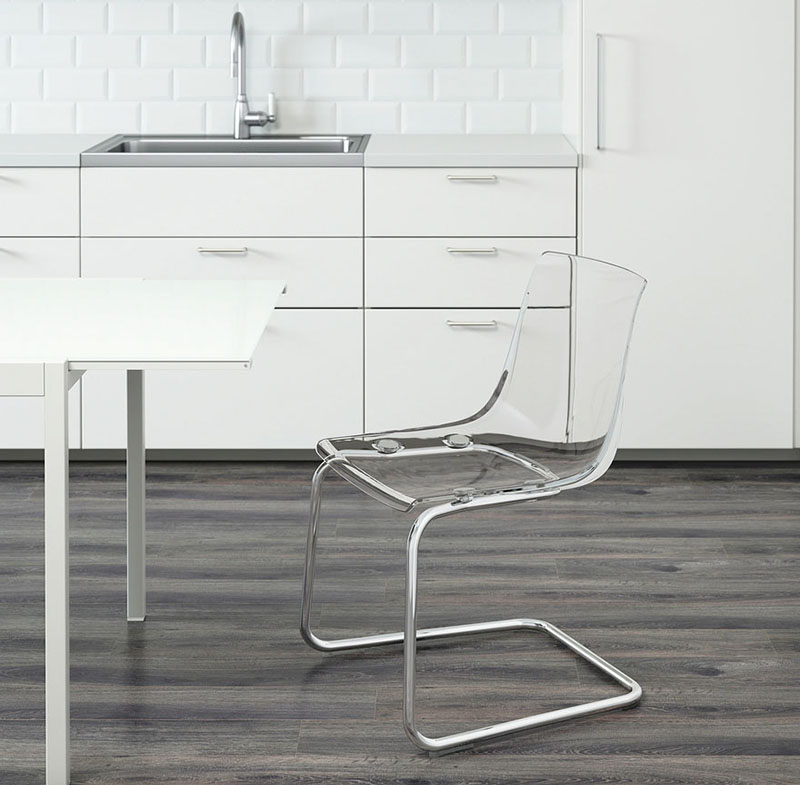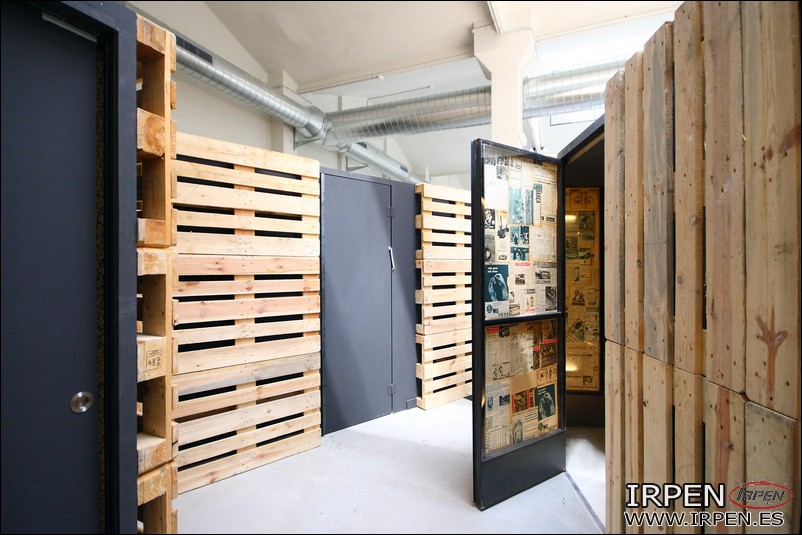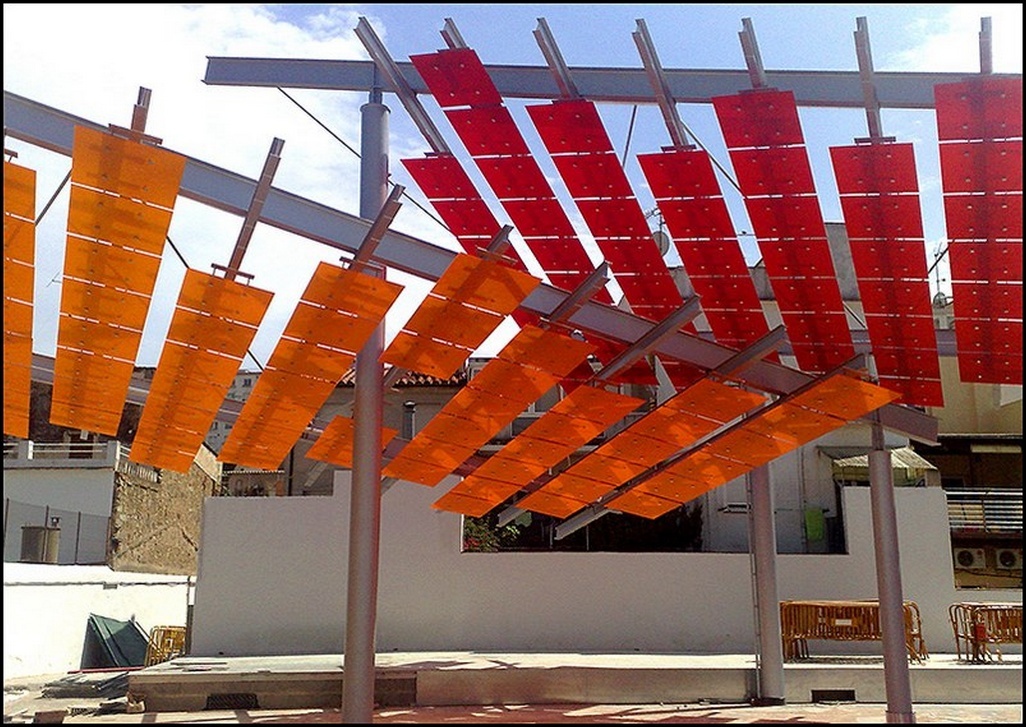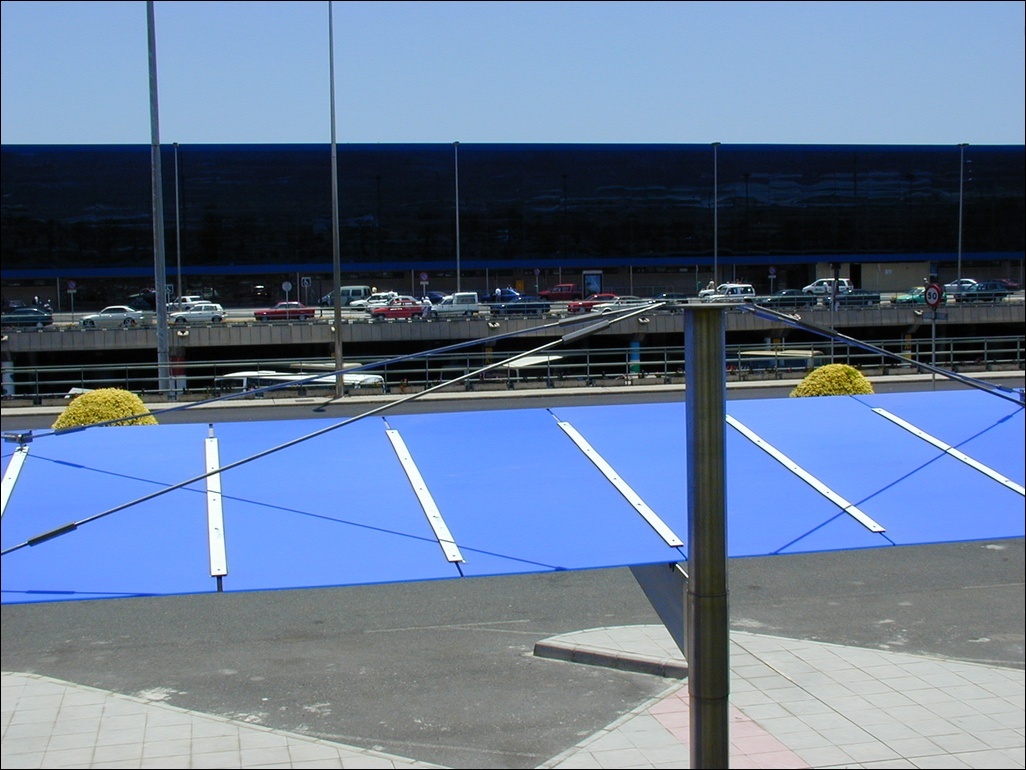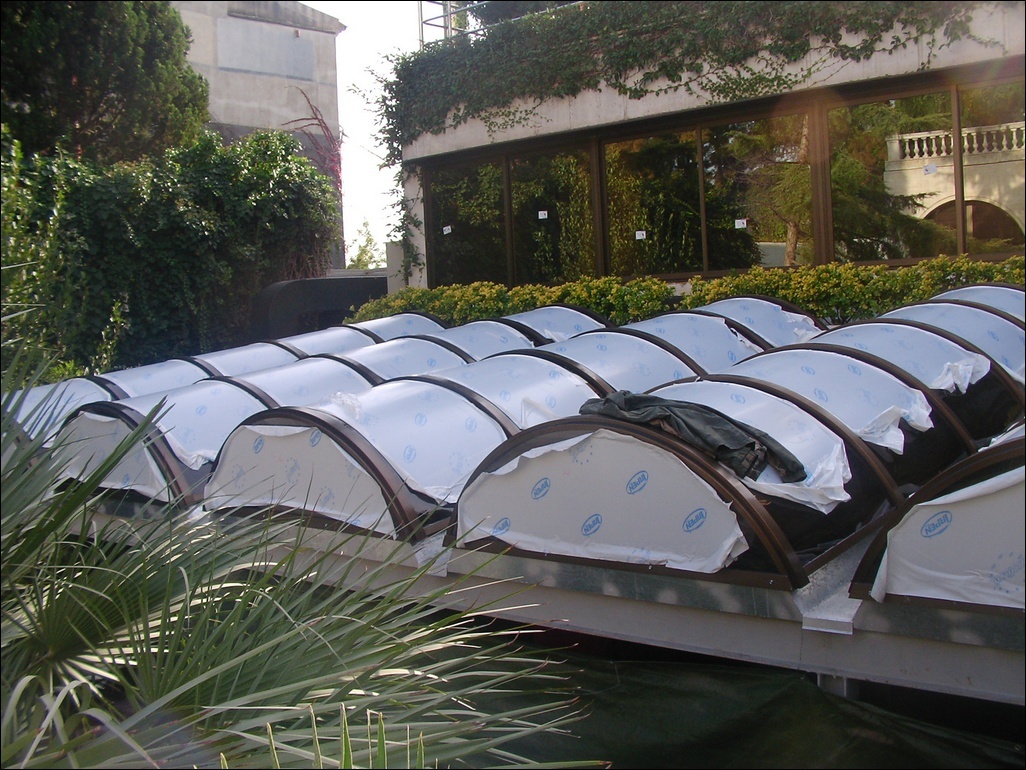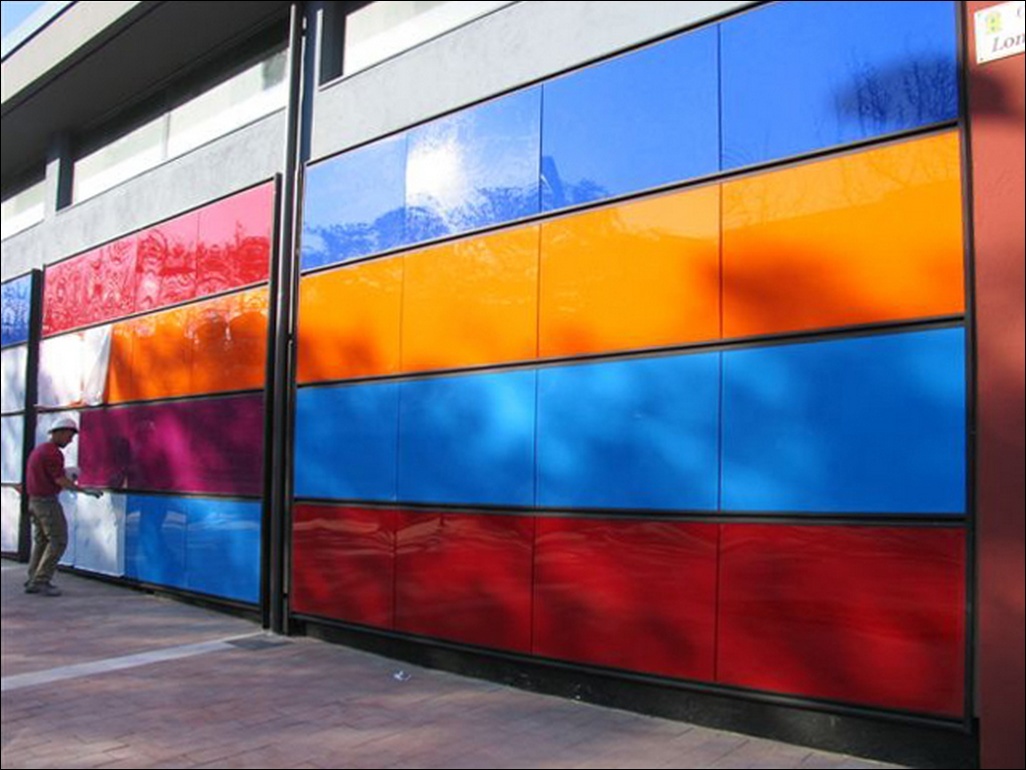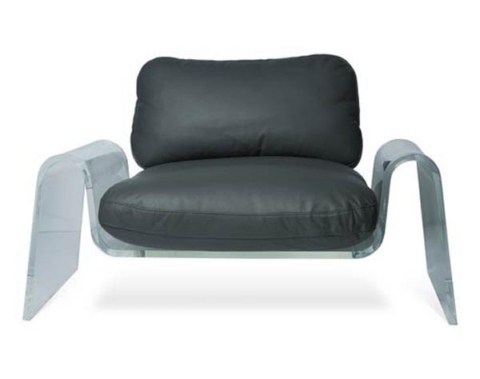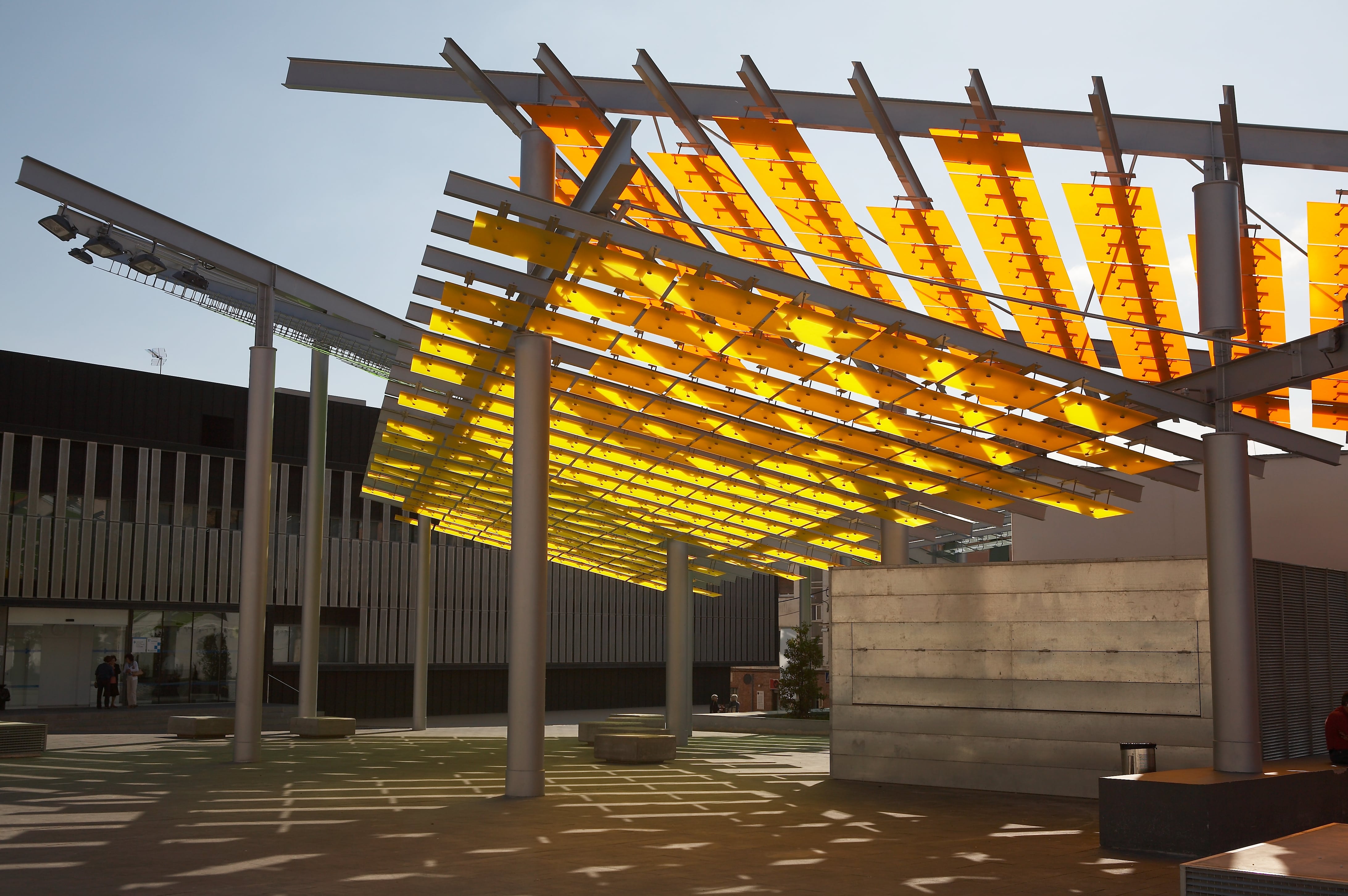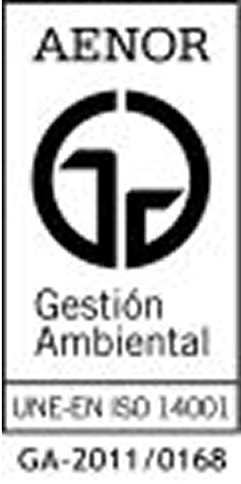Cast / Extruded Acrylic
Ventilation in shared rooms with metrakilate

During this winter, to reduce the chances of contagion of Covid-19 through air transmission, we find ourselves needing to ventilate indoor areas more regularly.
This is because, in closed indoor spaces with the presence of people, the concentration of CO2 increases rapidly due to its exhalations, the greater the number of users the greater its concentration in the room.
In spaces such as classrooms, offices or shared rooms, where different users share the same place for long periods of time, the renewal of indoor air must be guaranteed, either naturally or forced. All this, without the user having to give up adequate comfort and environmental quality conditions for carrying out the activity.
For this reason, the scientific community is making a great effort promoting the need to promote the measurement of CO2 and to ventilate spaces, with the aim of stopping the spread of COVID-19. An example is the Higher Council for Scientific Research (CSIC) and technicians of the Mesura Association, who have presented the Guide to ventilating classrooms (based mainly on the one written by the Harvard University School of Public Health) which is intended to be a tool to reduce the chances of contagion of Covid-19 by air. It explains strategies and possible solutions, and provides the tools to determine if the ventilation conditions achieved are adequate, even so, this document does not replace the service of professionals in ventilation and air treatment because each room is different and requires a specific study. Another would be the Aireamos initiative, which works on the development of CO2 sensors, as well as facilitating the dissemination of these manuals, in order to know when it is necessary to ventilate and thus reduce CO2 levels and the risk of contagion in school classrooms and in different sectors.
In a very graphic way using a flow chart in the Guide to ventilating classrooms a chain of solutions is presented on a case-by-case basis. However, the use of masks, the maintenance of distance and hygiene measures are still necessary.
- Outdoor activities are always preferable to indoor activities, including breakfast.
- If the activity is to be indoor, it is preferable in classrooms with the possibility of natural ventilation, especially cross ventilation (windows and doors on opposite sides).
- If natural ventilation is not sufficient, sufficient ventilation can usually be achieved by using individual exhaust systems or impellers with adequate air flow.
- When centralized forced ventilation systems are available, the outdoor air rate must be increased and recirculation must be reduced.
- When all of the above is not possible or is not sufficient, air must be purified with equipment equipped with HEPA filters.
- The final solution can be a combination of options, for example, natural ventilation and purification can be combined.
- To evaluate if a given configuration is sufficient, one of the two methods described in the guide can be used, both based on CO2 measurements.
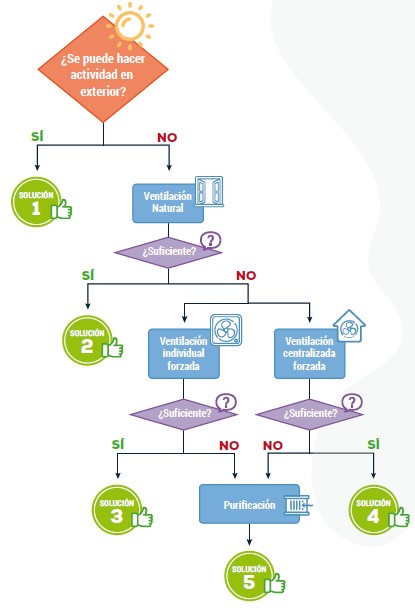
Natural ventilation
Whenever possible, natural ventilation is the first option to choose, as it is free and energy efficient.
Simply to increase indoor air renewals, windows and doors are opened causing a stream of air. There can be two types:
- Cross: consisting of opening windows and doors on opposite sides of the room.
- On the one hand: less effective than the crusade, so in many cases it is not enough.

An option that favors the extraction of indoor air while promoting natural ventilation is through the use of a fan next to a window placed with the flow to the outside.
Natural ventilation, although it has many virtues, also has drawbacks. With adverse weather conditions such as periods of cold, if you choose natural ventilation, you will have to choose between reducing health risks and thermal comfort. Therefore, the habits of users must be modified, in this case wearing comfortable warm indoor clothing will allow them not to abuse the heating and keep the windows partially open.
Outdoor environmental conditions influence effective ventilation. For the same configuration of windows and/or doors, ventilation may vary, especially on windy days, causing excessive currents that alter normal classroom activity.
In addition to temperature and wind problems, in urban environments, opening windows and doors can lead to noise problems. A compromise must be reached between health risk and acoustic discomfort and difficulties.
To respond to these problems, the educational community has chosen to work on ingenious solutions that allow the combination of ventilation and increased comfort for users. Below, we present a series of easy-to-install and low-cost proposals with cellular polycarbonate and methacrylate.
Cellular polycarbonate screen that partially obstructs window opening
This solution proposes to block half of the hole in each classroom window with screens of Cellular Polycarbonate placed in the window guides. This solution generates an air flow above the user's head, which means that cold currents do not directly affect the students. At the same time, it guarantees the cross ventilation created between doors and windows, keeping CO2 levels below the recommended 645 ppm.
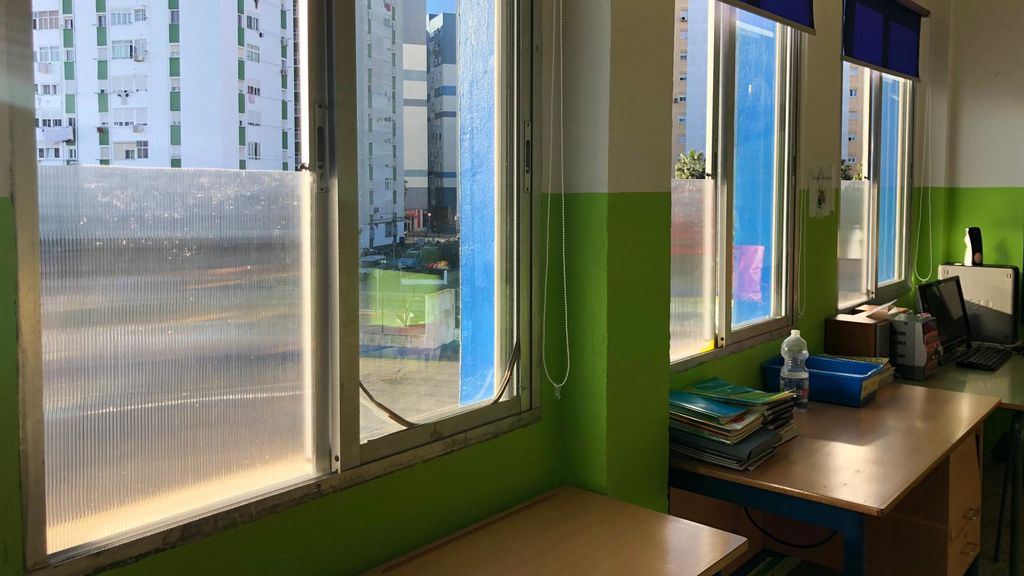
Methacrylate screen that partially obstructs window opening
Another alternative is to use as the material for these screens the Methacrylate. In this case, the material that partially obstructs the opening is a colorless piece of methacrylate, which, while increasing comfort conditions and, due to the size used, guarantees the necessary ventilation levels, does not alter the natural lighting of the classroom thanks to its transparency.
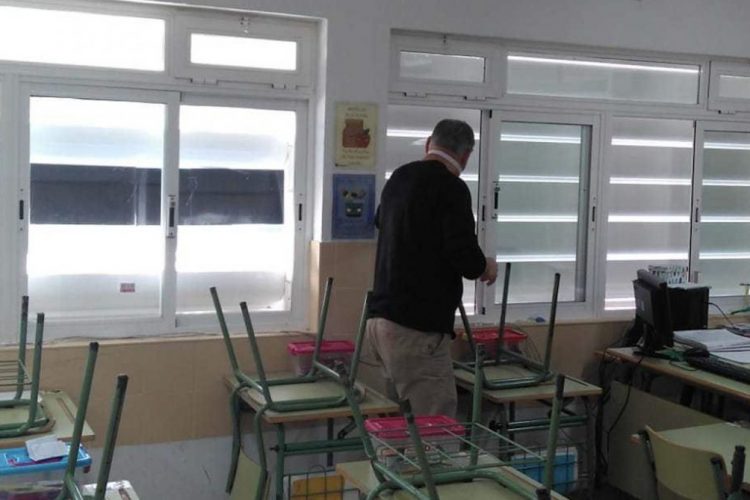













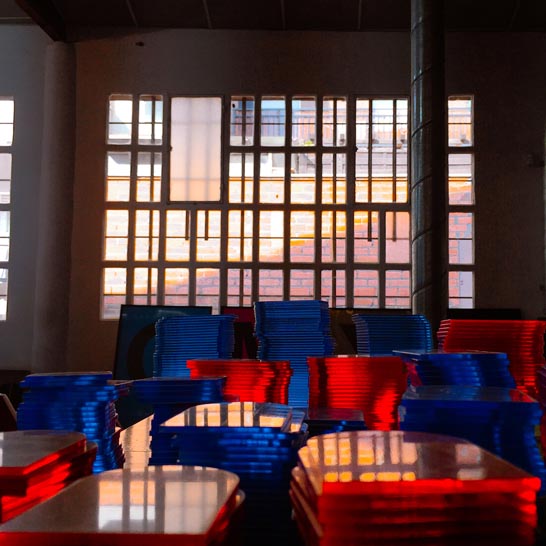
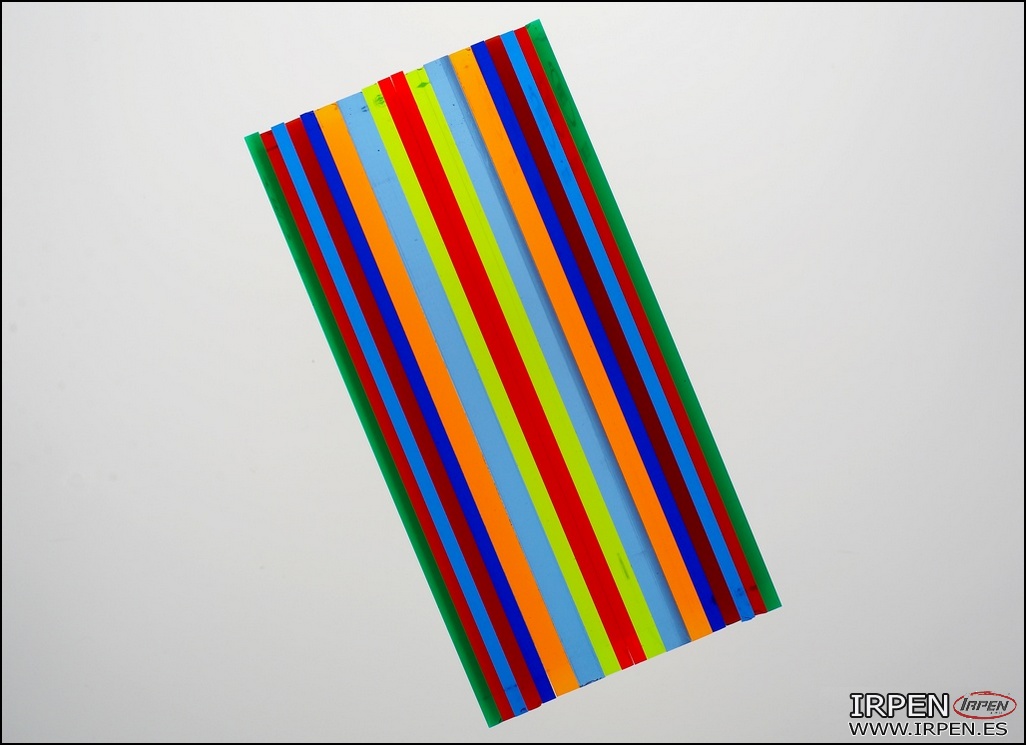
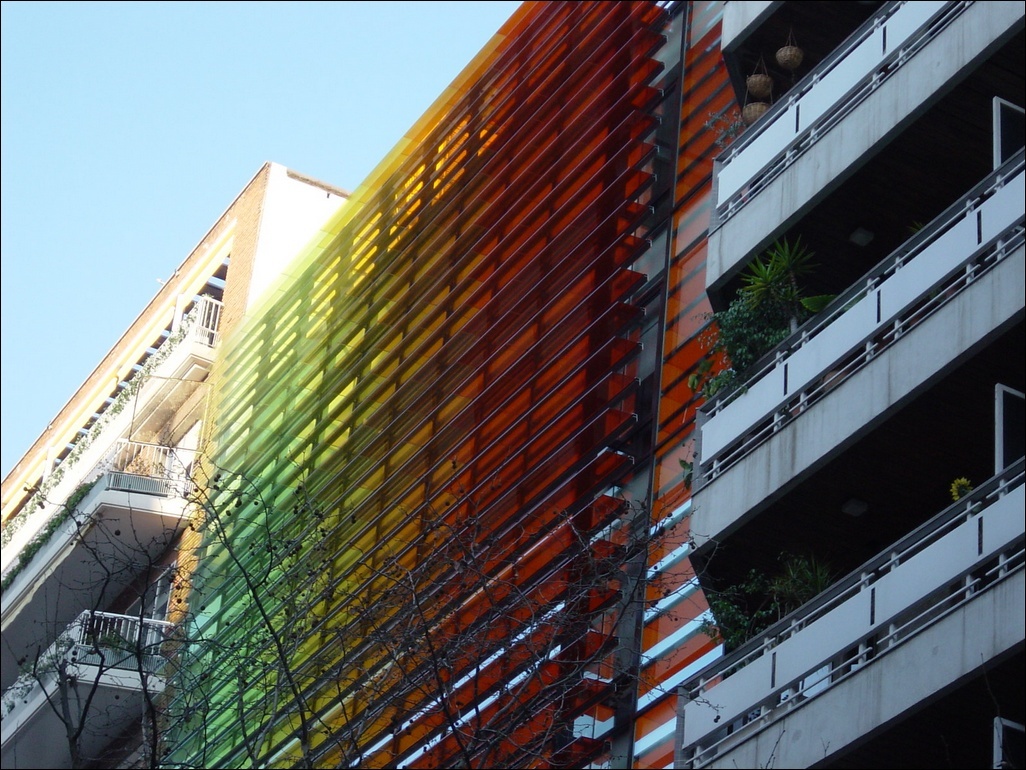
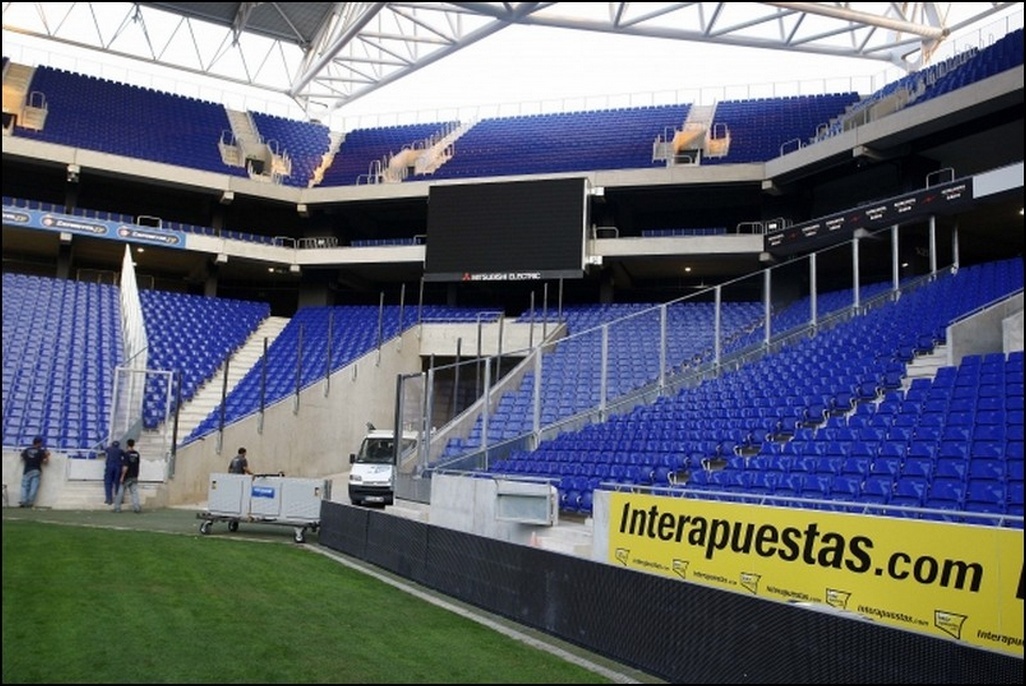

.jpg)

